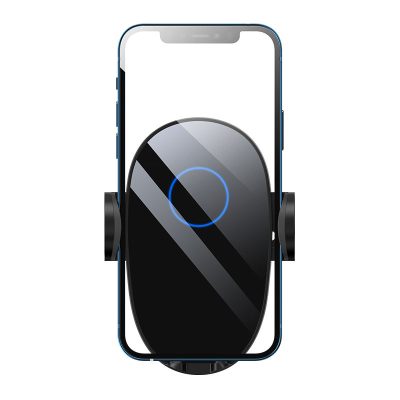Troubleshooting Common Issues with Wireless Chargers
Wireless chargers offer convenience and ease of use, but sometimes they may encounter issues. Here’s a guide to troubleshooting common problems with wireless chargers:
1. Device Not Charging
- Check Compatibility: Ensure your device is compatible with the wireless charger and supports wireless charging.
- Verify Charger and Device Alignment: Make sure your device is properly aligned with the charging pad. Misalignment can prevent charging.
- Inspect the Charging Pad: Ensure the charging pad is clean and free of dust or debris that might obstruct charging.
- Check Power Source: Confirm that the charger is properly connected to a power source and that the power source is functioning correctly.
2. Slow Charging Speed
- Verify Charger Wattage: Ensure the wireless charger supports the fast charging speed compatible with your device. Some devices require chargers with higher wattage for optimal charging speeds.
- Check Device Case: Remove any thick or metal cases, as they can interfere with charging efficiency.
- Inspect Charging Pad and Cable: Ensure the charging pad and its cable are in good condition and are not damaged. Using a high-quality, compatible charging cable can also improve performance.
3. Overheating
- Ensure Proper Ventilation: Place the charger on a flat, hard surface and avoid covering it with objects that might block airflow.
- Check for Obstructions: Ensure there are no foreign objects or debris between the charger and your device that could cause overheating.
- Reduce Ambient Temperature: Avoid using the charger in very hot environments, which can exacerbate overheating issues.
4. Intermittent Charging
- Check Device Alignment: Make sure the device is properly aligned on the charging pad. Sometimes slight adjustments can resolve intermittent charging issues.
- Inspect for Interference: Remove any metal objects or electronic devices near the charging pad that might cause interference.
- Test Different Chargers: Try using a different wireless charger to determine if the issue is with the charger itself.
5. Charger Not Powering On
- Inspect Connections: Ensure all connections are secure, including the connection between the charger and the power source.
- Try a Different Outlet: Plug the charger into a different power outlet to rule out issues with the current outlet.
- Test with Another Device: If possible, test the charger with another device to determine if the issue is with the charger or the original device.
6. LED Indicator Issues
- Check Indicator Light: Consult the user manual to understand what different LED indicator lights mean. Some chargers have specific patterns to indicate charging status or errors.
- Reset the Charger: Unplug the charger for a few minutes and then plug it back in. This can sometimes resolve issues with the LED indicator.
7. Inconsistent Charging Performance
- Check for Firmware Updates: Some advanced wireless chargers might have firmware updates that improve performance or fix issues. Check the manufacturer’s website for any available updates.
- Test Charging with and without Case: Try charging your device with and without a case to see if the performance improves without the case.
Conclusion
By following these troubleshooting steps, you can address common issues with wireless chargers and ensure they perform efficiently. Regular maintenance and proper usage can also help prevent these problems from occurring in the first place. If issues persist, contacting the manufacturer for support or considering a replacement may be necessary.








